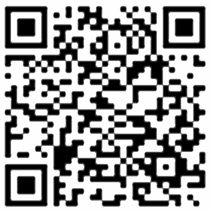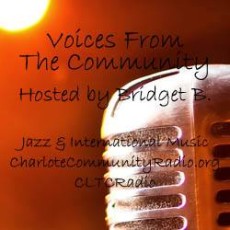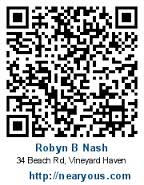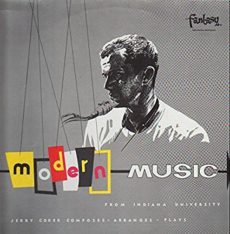
Daily Dose Of Jazz…
Jerry Coker was born on November 28, 1932 in South Bend, Indiana and picked up the clarinet and tenor saxophone long before going to study at Indiana University.
At the beginning of the 1950s he played tenor saxophone in the Fred Dale Big Band, but in 1953 he interrupted his studies to become a member of the Woody Herman Orchestra. During this time he also played in the Nat Pierce / Dick Collins Nonet and was a part of the formation of The Herdsman with Cy Touff and Ralph Burns in 1954. Jerry followed this musical relationship with joining the septet of Mel Lewis two years later and then with other musicians in the West Coast Jazz movement.
Coker also worked as a freelance musician and led his own bands in the second half of the 1950s. His first recordings made under his own name were recorded in Bloomington, Indiana, San Francisco, California and Paris, France.
The early 1960s saw his return to his studies and by the middle of the decade a return to Indiana University as a lecturer and active in the jazz field. With his educator hat on he headed the Duke Jazz Ensemble at Duke University from 1976 – 77 and later taught at the University of Miami, North Texas State University and the University of Tennessee .
He has written several books on improvisation, jazz keyboard and jazz history. Clarinetist, saxophonist, lecturer and author Jerry Coker continues to perform, record, tour and educate.
![]()
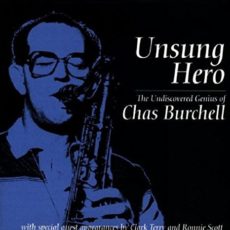
Daily Dose Of Jazz…
Chas Burchell was born Charles Burchell on October 30, 1925 in London, England. Originally a George Formby fan, he began learning the ukelele and then guitar, before hearing an Artie Shaw record that inspired him to take up the clarinet and play jazz.
Switching to alto saxophone, he started his own quintet in 1943. He tried the tenor saxophone before being drafted into the Royal Air Force, and then was transferred to the army in 1944. During the next three years he played in Greece with the British Divisional Band and following his discharge in 1947, worked in London with the Toni Antone Big Band.
By 1949 he gave up full-time musicianship and worked in a factory so that he would not have to perform music he did not like in order to make a living. A disciple of Lennie Tristano and a devoted admirer of Warne Marsh, Burchell continued to play part-time, leading his own quintet for more than 20 years, guesting with distinguished visitors such as Clark Terry, Emily Remler and Nathan Davis.
He recorded for Peter Ind’s Wave label and played with Ind in the group that backed Lennie Tristano’s only UK concert at Harrogate in 1968. Tenor saxophonist Chas Burchell, a supple, lyrical musician whose unpredictable twists and turns of phrase recall the style of his idol Marsh, died of a heart attack on June 3, 1986.
![]()
#preserving genius
More Posts: saxophone

Daily Dose Of Jazz…
Chubby Jackson was born Greig Stewart Jackson on October 25, 1918 in New York City and began at the age of seventeen as a clarinetist but soon after changed to bass.
In the 1950s, Jackson worked as a studio musician, freelanced, and hosted some local children’s TV shows: Chubby Jackson’s Little Rascals and The Chubby Jackson Show, from 1959 to 1961. He briefly served as the fourth and last emcee of WOR TV’s Looney Tunes Show/The Chubby Jackson Show weekday afternoons, the first six months of 1962.
Jackson performed and/or recorded over the course of his career with Louis Armstrong, Raymond Scott, Jan Savitt, Henry Busse, Charlie Barnet, Oscar Pettiford, Charlie Ventura, Lionel Hampton, Bill Harris, Woody Herman, Gerry Mulligan, Lennie Tristano and others.
Double-bassist Chubby Jackson, who was inducted into the Big Band and Jazz Hall of Fame and is best known for his spirited work both with the Herman bands and as a leader of his own small and big bands, passed away on October 1, 2003 in Rancho Bernardo, California at the age of 84.
Sponsored By
Voices From The Community
![]()
More Posts: bass

Daily Dose Of Jazz…
Lenny Breau was born Leonard Harold Breau on August 5, 1941 in Auburn, Maine. His francophone parents were professional country and western musicians who started their son playing guitar at the age of eight. At twelve he started a small band with friends and by the age of fourteen he was the lead guitarist for his parents’ band, billed as Lone Pine Junior, playing Merle Travis and Chet Atkins instrumentals and occasionally singing. He made his first professional recordings in Westbrook, Maine at the age of 15 while working as a studio musician. Many of these recordings were released posthumously on Boy Wonder.
In 1957 the family moved to Winnipeg, Manitoba,, and their new touring band became the CKY Caravan. It was at one of these shows that he met sixteen year old Randy Bachman and they soon became friends, eventually Lenny began informally teaching the young guitarist. Two years later he left his parents after his father slapped him in the face for using jazz improvisations on stage. He then sought out local jazz musicians and met pianist Bob Erlendson, who began teaching him more of the foundations of jazz.
1962 saw Breau leaving for Toronto and soon created the jazz group Three with singer/actor Don Francks and bassist Eon Henstridge. They performed in Toronto, Ottawa, and New York City, their music was featured in the 1962 National Film Board documentary Toronto Jazz, recorded a live album at the Village Vanguard and appeared on the Jackie Gleason and Joey Bishop shows. Returning to Winnipeg he became a regular session guitarist recording for CBC Radio, CBC Television and contributed to CBC-TV’s Teenbeat, Music Hop, and his own Lenny Breau Show.
An ensuing friendship with Chet Atkins resulted in Lenny’s first two LP issues, Guitar Sounds from Lenny Breau and The Velvet Touch of Lenny Breau. Live! on RCA. Moving around over Canada and the United States he finally settled in Los Angeles, California in 1983. There he spent years performing, teaching, and writing for Guitar Player magazine. Unfortunately he had continual drug problems stemming from the mid-1960s, which he managed to get under control during the last years of his life. However, on August 12, 1984 his body was found in the swimming pool at his apartment complex in Los Angeles and the coroner reported that he had been strangled. Though his wife Jewel was the chief suspect but was never charged with murder and the case is still unsolved.
Several tributes were created in honor of his contributions to guitar playing and jazz. A documentary titled The Genius of Lenny Breau was produced in 1999 by his daughter Emily Hughes that included interviews with Chet Atkins, Ted Greene, Pat Metheny, George Benson, Leonard Cohen, and Bachman. In 2006 the book One Long Tune: The Life and Music of Lenny Breau written by Ron Forbes-Roberts was published by the University of North Texas Press. CBC Radio presented a documentary-soundscape on Lenny Breau entitled On the Trail of Lenny Breau in 2009.
Sponsored By
![]()
More Posts: guitar
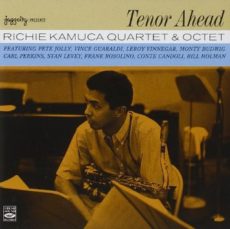
Daily Dose Of Jazz…
Richard “Richie” Kamuca was born on July 23, 1930 in Philadelphia, Pennsylvania. His early playing, in what is generally considered the Lester Young style, was done on tour with the big bands of Stan Kenton and Woody Herman, where he became a member of the later line-ups of Herman’s Four Brothers saxophone section with Al Cohn and Bill Perkins.
Like many players associated with West Coast jazz, he grew up in the East before moving West around the time that bebop changed the prevailing style of jazz. Kamuca stayed on the West Coast, playing with the smaller groups of Chet Baker, Maynard Ferguson, Shorty Rogers, Bud Shank, Bill Holman, Conte Candoli, Frank Rosolino and others. He was one of the Lighthouse All-Stars, and recorded with Perkins, Art Pepper, Jimmy Rowles, Cy Touff, Jimmy Giuffre, Gary McFarland, The Modern Jazz Quartet and many others, as well as leading recording sessions in his own right.
Kamuca was a member of the group Shelly Manne and His Men from 1959 through 1962, when he returned East and settled in New York City. Here he worked with Gerry Mulligan, Gary McFarland, and Roy Eldridge before returning to the West Coast in 1972, where he recorded in the studios and performed with local groups.
Less well known to the general public than other saxophonists, Richie Kamuca passed away of cancer, in Los Angeles, California on July 22, 1977 just before his 47th birthday.
![]()
More Posts: saxophone


